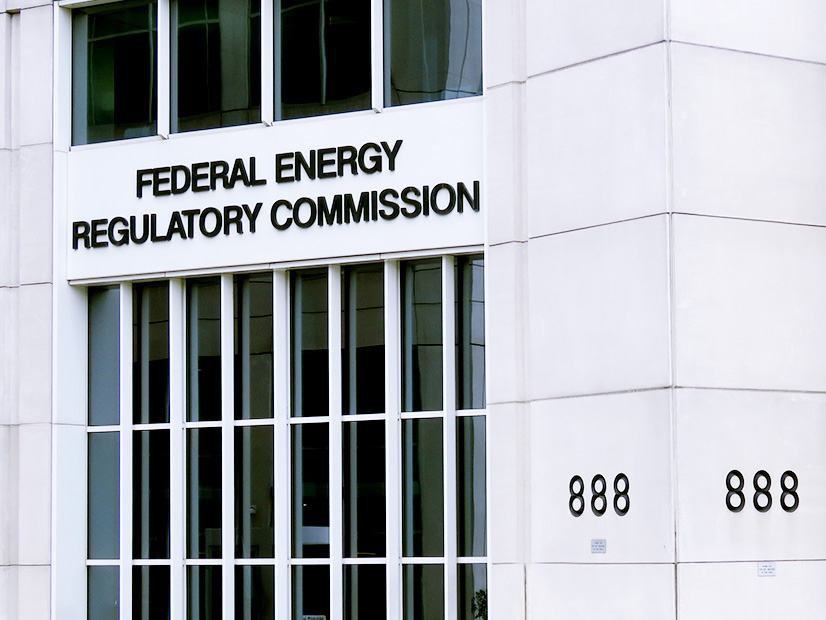FERC issued a broad deficiency letter Wednesday in response to ISO-NE’s Order 2222 compliance filing, asking the grid operator for more information on a myriad of topics.
The order requiring RTOs to implement rules letting aggregations of distributed energy resources (DERs) take part in organized electricity markets has stirred debate in New England — as in every region of the country. DER advocates have challenged ISO-NE’s filing, saying it doesn’t do enough to pave the way for DERs. (See ‘Beautiful Symphony’ or Bust on Order 2222, Advocates Say).
Order 2222 requires grid operators not to accept market bids from DER aggregators that aggregate customers of small utilities (distributing 4 million MWh or less annually) unless the relevant electric retail regulatory authority (RERRA) of the utility allows those customers the choice to “opt in” as part of aggregation.
In its letter Wednesday, FERC asked why ISO-NE’s filing proposes that a DER aggregator “’not be located in the metering domain of a [small] Host Utility,’” (emphasis added) when Order No. 2222 requires that RTOs/ISOs not accept bids from a distributed energy resource aggregator if its aggregation includes distributed energy resources that are customers of small utilities.”
FERC also asked the RTO why its rules give the opt-in power to host utilities rather than RERRAs.
Interconnection
In Order 2222, FERC declined to exercise its jurisdiction over the interconnection of DERs to distribution systems for the purpose of participating in RTO/ISO markets as part of a DER aggregation (DERA).
ISO-NE addressed this by adding to its tariff a category of interconnection not subject to its normal small generator interconnection procedures (SGIP): “a Distributed Energy Resource that will be participating in the wholesale market exclusively through a [DERA].”
FERC asked in its letter whether this would exempt from the SGIP all interconnections of resources participating in the ISO-NE markets exclusively through an aggregation.
The agency also asked how ISO-NE is planning to review service requests for DERs and evaluate their abilities to provide capacity.
And FERC wants to know how certain DERs are able to make use of a provision allowing them to participate in the markets before the full DERA rules come into effect in 2026.
Participation Models
The participation models put forward by ISO-NE, five existing and two new, are central to its filing.
FERC asked in particular about the distinction between two: Demand Response Distributed Energy Resource Aggregation (DRDERA) and Demand Response Resource (DRR).
“Must homogeneous aggregations of demand response resources participate under the DRR model, or may they alternatively participate under the DRDERA model?” the letter says.
The letter also digs deeper into the DRDERA model, asking about possible barriers to its use in the ISO-NE filing.
Other questions on the filing include the RTO’s proposal to prevent double counting in multiple markets, the minimum size requirements for DERAs, locational requirements, and metering and telemetry requirements.
FERC also asked ISO-NE about its implementation timeline, and whether resources would be able take part in FCA 18, scheduled for 2024.



